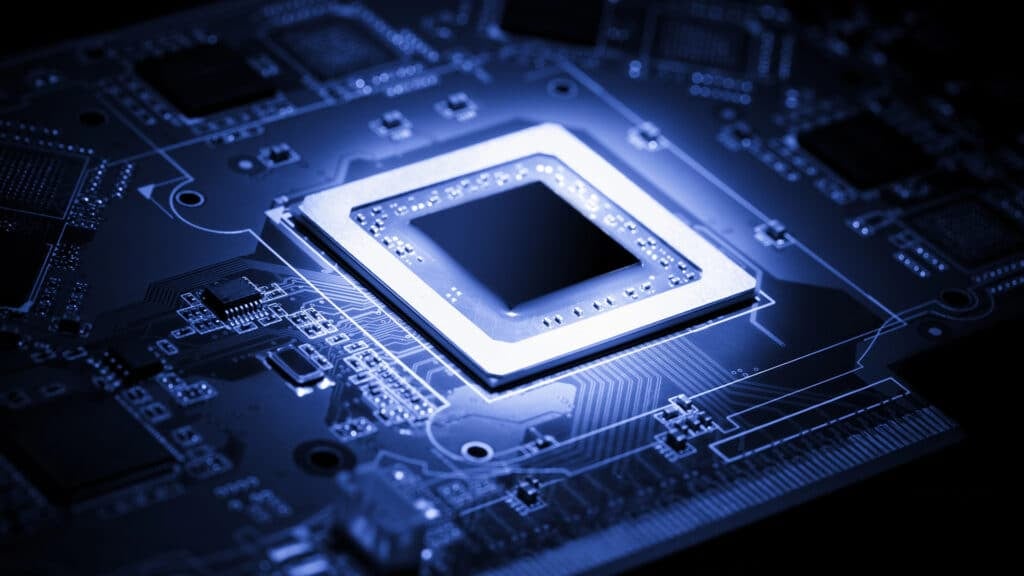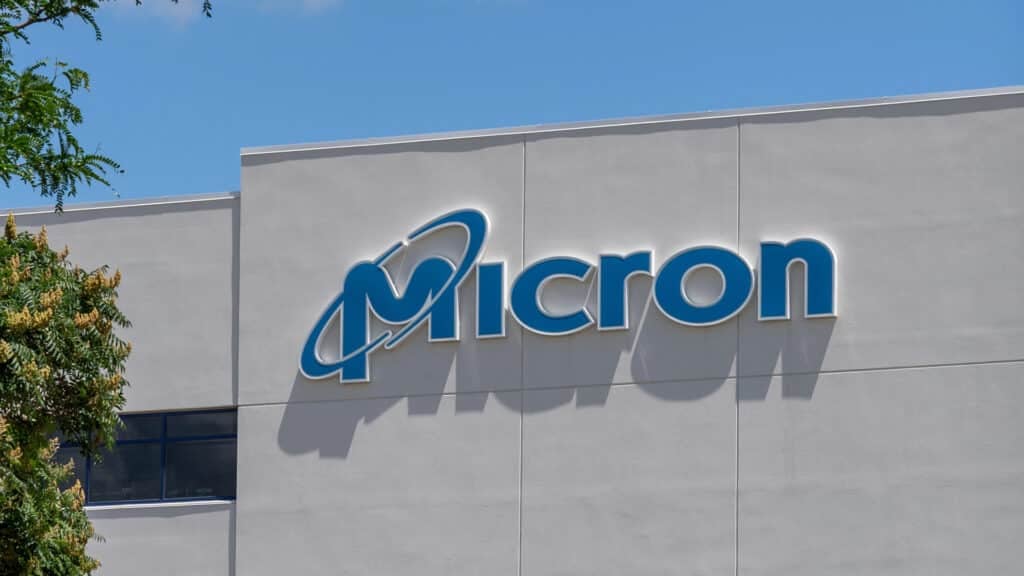The Six Five Team discusses AMD Acquires Nod.AI.
If you are interested in watching the full episode you can check it out here.
Disclaimer: The Six Five Webcast is for information and entertainment purposes only. Over the course of this webcast, we may talk about companies that are publicly traded and we may even reference that fact and their equity share price, but please do not take anything that we say as a recommendation about what you should do with your investment dollars. We are not investment advisors and we ask that you do not treat us as such.
Transcript:
Patrick Moorhead: AMD acquires a company that, it’s funny, I want to call it Node.ai, but it’s Nod.AI.
Daniel Newman: I did the same thing. I was calling it Node for like 30 minutes talking to a journalist about it. I’m like, “It’s not Nod.: And they’re like, “I think it’s Nod.” I’m like, “Oh.”
Patrick Moorhead: I know. I affiliate nodding with nodding off or sleeping or something.
Daniel Newman: Yeah, I guess we’ll give a nod to what AMD is doing today.
Patrick Moorhead: Dan, you get one a day, okay?
Daniel Newman: Yeah. By the way, you can’t spell AI without Nod.AI.
Patrick Moorhead: That’s not as good.
Daniel Newman: That’s not as good. That’s not as good as Aviator. All right, so look, there are lots of startups and you’re seeing AMD is taking a build by partner approach to growing its AI capabilities. Last week we saw some very interesting announcements with Lamini. This week, it was Nod.AI. They’re not a household name. I had not heard much about them before. But having said that-
Patrick Moorhead: Wait a second, is there a possibility this is not AI? We’re not even saying this correctly.
Daniel Newman: It’s not. There’s no way. But look, there’s kind of a few different schools have thought about building the future of generative and AI capabilities. One is closed architectures, one is open source. We know that in the NVIDIA world it’s built a huge vacuum and vortex of growth around CUDA and around the ability for you to really build your AI future on its software and not moving away from it. For AMD with ROCm, with its whole approach, it’s the un-X86 of the future, which is going to be all about open source. So, I think the company is continuing to make investments here and wants to show through both partnerships and building and then of course its strategy that it wants to have a more complete offering. It wants to be able to compete. We’ve seen that it takes some time. And so, I think that’s what you really got here. This is an augmentation of their capabilities. It’s a company that has, their SHARK is their sort of well-known platform.
It’s all open source. They are all about optimization of model. And they’ve not only been optimizing for AMD, but they’ve been optimizing historically for others, including Intel. This is a company that went from hardware and actually over time, grew into this particular space of software optimization. As far as I see it, Pat, there’s kind of this whole continuum for companies like AMD where it’s first you’re going to make the hardware so you know what they’re doing with MI and their series. Second of all, you have to make software. Well, there’s a lot of open-source AI software. We hear companies like Meta is very focused on open source. That’s why they’ve been all about PyTorch and building their future and PaLM and that’s Google LaMa. But what AMD needs to do is make sure that LLMs and these different foundational models run better on AMD than on anything else.
And so this kind of acquisition is about how do you basically optimize the software for the hardware so that people that choose to build on AMD, choose to build on AMD’s open source platform also get the best experience. So to me it’s a nice tuck-in. This is not something that, it wasn’t on a size deal. I don’t even think a number was mentioned in terms of how big it was. I think it was a gathering of IP, of highly capable professionals. And then of course a story that says AMD is committed to building software that runs better on its hardware than any other hardware in the marketplace. And it’s an important move, but time will still tell if AMD can garner market share from NVIDIA, which is something I think we’d all like to see because we all want to see competition.
Patrick Moorhead: Yeah, I see this as an acquihire.
Daniel Newman: I still want to acquihire you.
Patrick Moorhead: Yeah, you can just takes a Birkin bag full of money on my front porch. But anyways, judging by the picture that Lisa Su took, now I know maybe all the employees weren’t there, but yeah, this looks like an acquihire of some really smart people and it’s very focused. There’s essentially three different ways to do machine learning. One of them is supervised learning, unsupervised learning, and then there is what Nod.AI does, which is reinforcement learning. And what reinforcement learning is, is it’s an AI where you don’t have to give it perfect data. It essentially learns on its own from you don’t have to do special tagging and stuff like that. And my guess is that AMD wants to build out certain libraries for certain types of AI and here we go. This is just yet another affirmation that AMD is getting serious about AI for the data center.
Author Information
Daniel is the CEO of The Futurum Group. Living his life at the intersection of people and technology, Daniel works with the world’s largest technology brands exploring Digital Transformation and how it is influencing the enterprise.
From the leading edge of AI to global technology policy, Daniel makes the connections between business, people and tech that are required for companies to benefit most from their technology investments. Daniel is a top 5 globally ranked industry analyst and his ideas are regularly cited or shared in television appearances by CNBC, Bloomberg, Wall Street Journal and hundreds of other sites around the world.
A 7x Best-Selling Author including his most recent book “Human/Machine.” Daniel is also a Forbes and MarketWatch (Dow Jones) contributor.
An MBA and Former Graduate Adjunct Faculty, Daniel is an Austin Texas transplant after 40 years in Chicago. His speaking takes him around the world each year as he shares his vision of the role technology will play in our future.





